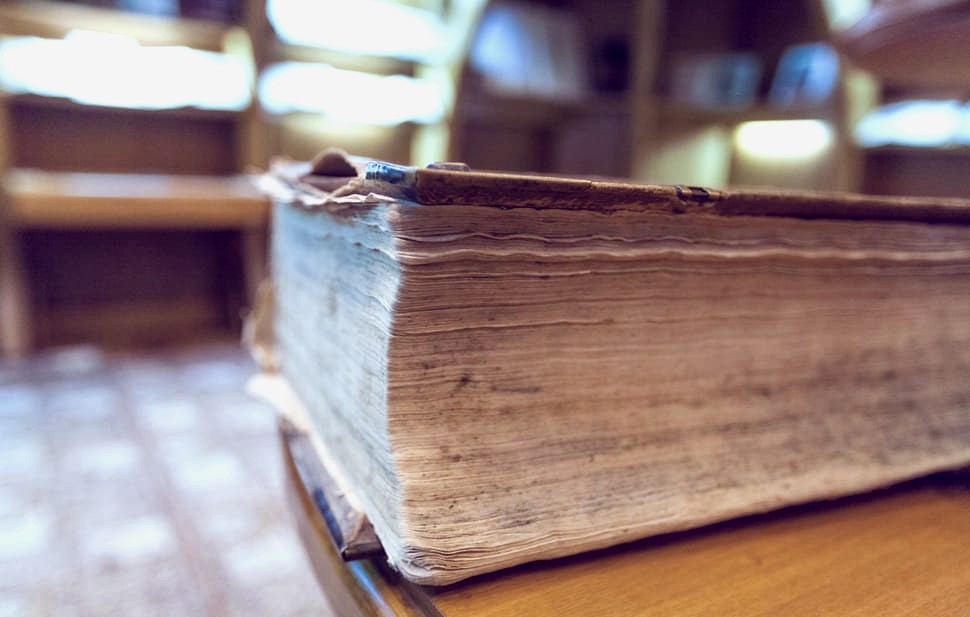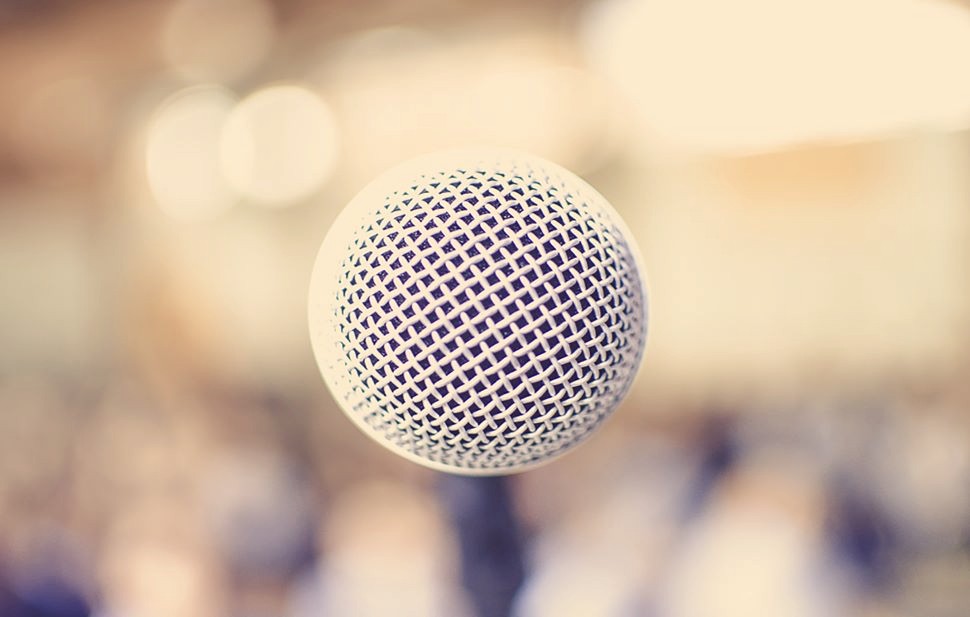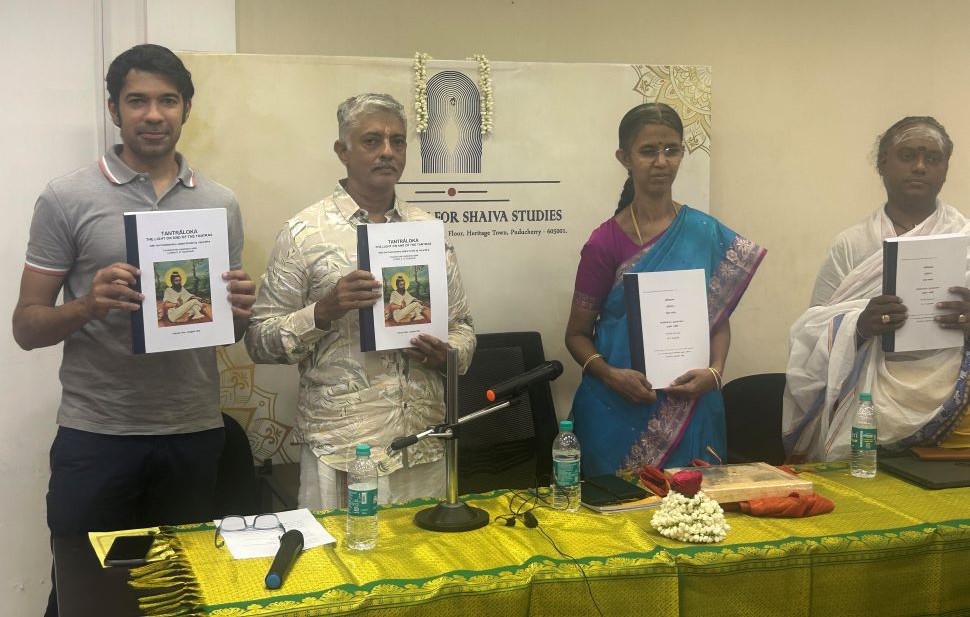The Centre for Shaiva Studies has initiated work to bring out a critical edition of the Kāmikāgama. The Kāmikāgama is the first of the 28 Śaiva Āgamas, known as the Mūlāgamas. Its role in the ritual scheme of the Śaiva tradition is immense. Divided into two divisions (Purva and Uttara) it deals with all the major aspects of Śaiva ritual system—daily obligatory rites (Nitya), occasional (Naimittika) and the optional (Kāmya) rites. Its tone is prescriptive and it is held as authoritative by Āgama scholars and Śaiva practitioners.
Considering its importance, a first edition of the Kāmikāgama (Pūrvabhāga) in Grantha characters (without mentioning the source manuscripts) was brought out at the end of the 19th century with a Tamil translation. This was partially reprinted at the beginning of the 20th century, followed by another edition in Devanagari characters. As these editions do not give any information about the sources utilised/consulted, and since there are many unclear passages in the texts, it was felt that a new critical edition of the Kāmikāgama (Purvabhaga) should be undertaken. It will be followed in due course by a critical edition of the Uttarabhāga.
The proposed critical edition, upon which work has already begun, will be based on several old manuscript resources, both palm-leaf and paper (more than a dozen such manuscripts will be consulted). The Pūrvabhāga of the Kāmikāgama contains the daily obligatory rites—such as the ritual bath, worship of Śiva along with the fire worship (Agnikārya), the procedure for selecting the proper site for construction of the Śiva temple, the detailed procedure of laying out the village, the measurements, the temple site, characteristics of different parts of the temple structure, etc. All the important aspects of the temple structure are dealt with in the Pūrvabhāga of the Kāmikāgama which will help us understand the intricacies of constructing a Śaiva temple and its various architectural aspects.



